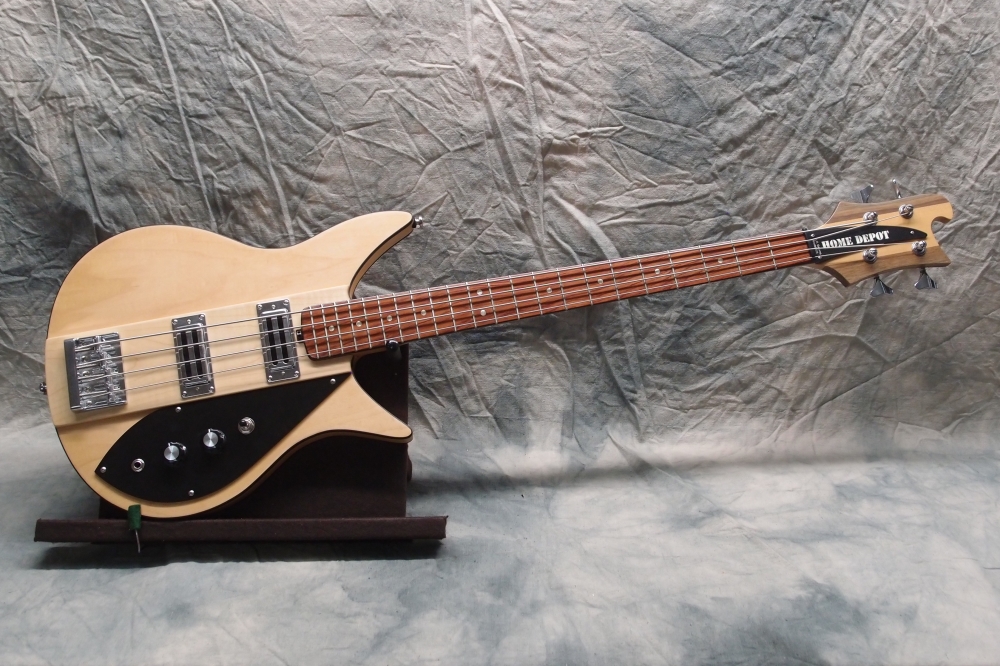July 18, 2022
I Was Wrong About Sade
July 18, 2022
I always thought of Sade as a very stylish singer, but not necessarily a great one; kind of weak, actually. A model who could sing a bit. I was wrong. Watch these concert videos.
The thing is, Sade always sounds a little off. But consistent. Maybe she does it deliberately, certainly no one else sounds like Sade. She gets a little raspy down low, but she displays more range here than I've heard on her studio recordings. And not to forget the band, they are tight.
almost like Tomorrow Never Knows. Just close your eyes ...
(Don't get technical on me - octaves don't count.)
Sade is a lot more than just a great looking record cover, although, of course, she's that too. Not a model who could sing - Sade is a singer who could model.
I wonder if anyone calls her Helen?








